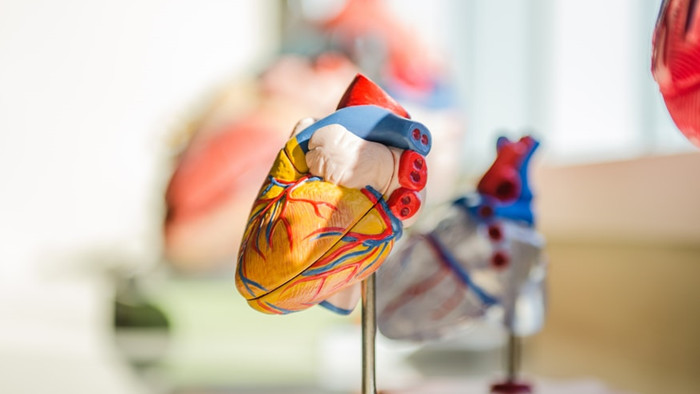Endovascular Interventional Surgery Robot
Endovascular interventional surgery needs to be performed under X-rays, and the operator must wear protective equipment such as lead clothing for the operation. Prolonged exposure to X-rays is bound to cause damage to the operator. Therefore, there is an urgent need for endovascular interventional surgical robots to replace human operation. However, compared with other surgical robots, endovascular interventional surgery robots are very special and difficult to develop, and their clinical application lags behind other surgical robots.

Similarities and differences between endovascular interventional robots and surgical robots
1. Differences in operating instruments: Surgical robots represented by the Da Vinci surgical robot are mainly used for endoscopic surgery. The manipulators at the head end are mainly separation pliers, cutting pliers, ligation pliers, etc., which are integrated with the robot and have relatively few types. In the design and development of the robot, the robotic arm and the manipulator are developed as a whole. Endovascular interventional surgery is accomplished by the operator manipulating a series of intravascular devices such as guide wires, catheters, balloons, and stents. A wide range of surgical treatment, including cardiovascular, cerebrovascular, peripheral blood vessels, aorta, tumor blood vessels and so on. There are hundreds of guidewires, catheters, balloons, and stents for treatment, with different thickness, length, softness and hardness. If only intraluminal devices for robots are developed, the application is limited. Therefore, endovascular interventional surgery robots must be developed to be able to manipulate these commercialized endovascular devices, in order to achieve the goal of completing all endovascular surgical steps and being applicable to a variety of endovascular interventional surgeries, in order to meet the clinical and market requirements need.
2. Differences in robotic arms: the surgical robot operates in the thoracic cavity, abdominal cavity and pelvis, and the robotic arm moves freely in the front, rear, left, right, up, and down spaces, and the movement direction and freedom of the robotic arm are designed. High degree requirements and many mechanical joints. The design concept of the endovascular interventional surgery robot is different. It uses the operator to control the manipulator, and the manipulator controls the guide wire, catheter, balloon and stent of different thickness and length of 1 to 3 meters to advance, retreat and rotate in the vascular cavity. The directionality of its action is relatively simple, but the distance is long. Therefore, the “track” feature is required in the robotic arm, and it can hold endoluminal devices of different thicknesses.
New ideas for research and development of endovascular interventional surgery robots
An endovascular interventional robot that can be successfully and widely used must meet the following requirements:
Applicable to most commercialized endovascular interventional devices;
It can complete most of the surgical actions, including the advancement, retreat and rotation of the guide wire, catheter and sheath, the advancement, retreat and retraction of the balloon, and the delivery and release of the stent;
General, including cardiovascular, cerebrovascular, peripheral blood vessels, aorta, tumor blood vessels and other types of endovascular interventional procedures;
Have certain force touch and visual feedback function;
Semi-automatic function of some actions;
There is a certain navigation function. To have the above functions, it is necessary to innovate in the design of the robot, and to break the original design ideas and application bottlenecks;
It can be applied to most commercialized endovascular interventional devices, which requires the robot’s “hand” to adopt an open design and simulate the gripping function of the human hand. Its gripping range is from 0.014″ to 24F, while the original closed It is difficult to achieve the wheel-type design of the robot. To be able to complete most of the surgical actions, the robot’s “hand” is required to have a dexterous rotation function, imitating the “twist” and “turn” of the human hand, but at the same time the robot’s “arm” can perform The guide rail-type forward push and back pull simulates the “advance” and “retraction” of the human arm, and the movements must be flexibly overlapped and converted. If the above requirements are met, the general application of various endovascular interventional operations can be completed. requirements, because the actions and instruments of various surgeries have their similarities.
The source of this article is from the Internet. Disclaimer: Part of the content of this article is organized according to network information, and the copyright of the article belongs to the original author. Kudos to the original author! If it involves work content, copyright and other issues, please contact us to delete it!
Cheersonic is the leading developer and manufacturer of ultrasonic coating systems for applying precise, thin film coatings to protect, strengthen or smooth surfaces on parts and components for the microelectronics/electronics, alternative energy, medical and industrial markets, including specialized glass applications in construction and automotive.

